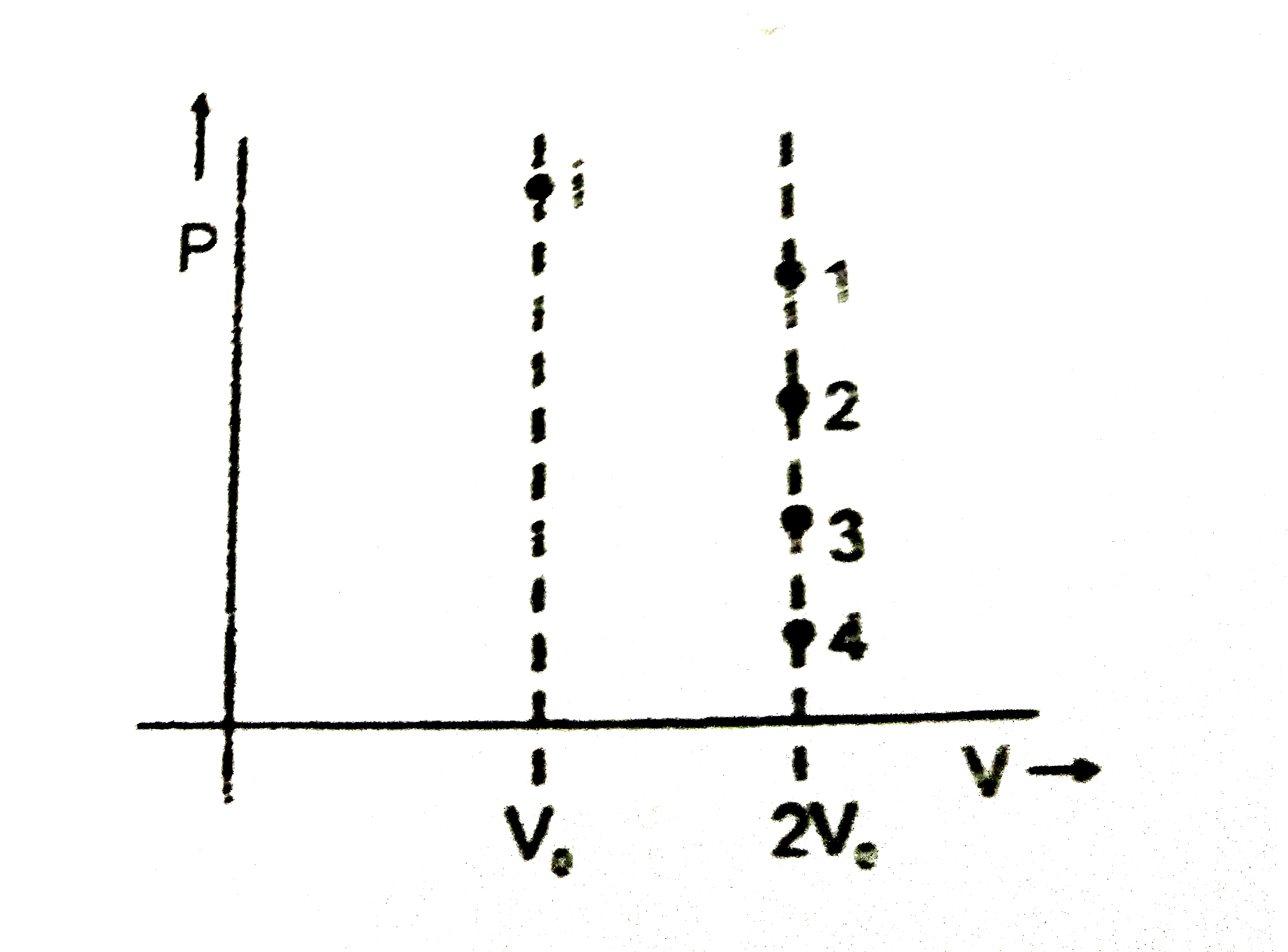In an isothermical expansion of a gaseous sample the correct relation is (consider w (work) with sign according to IUPAC convention)
[The reversible and irreversible procss are carried out between same initial and final states.]
wrev>wirrev
wirev>wrev
qrev>qirrev
cannot be predicted
The correct Answer is:B
Step by step video, text & image solution for In an isothermical expansion of a gaseous sample the correct relation is (consider w (work) with sign according to IUPAC convention) [The reversible and irreversible procss are carried out between same initial and final states.] by Chemistry experts to help you in doubts & scoring excellent marks in Class 11 exams.
Topper's Solved these Questions
Similar Questions
Knowledge Check
- Question 1 - Select One
In an isothermal expansion of a gaseous sample the correct relation is (consider w(work) with sign according to new IUPAC convention)
[The reversible and irreversible processes are carried out between same initial and final states]AWrev>WirrevBWirrev>WrevCqrev<qirrevDcan not be predicted - Question 2 - Select One or More
In an isothermal expansion of a gaseous sample, the correct relation is: ( consider w(work) with sign according to new IUPAC convention)
[ The reversible and irreversible processes are carried out between same initial and final states.]AWrev>WirrevBWirrev>WrevCqrev<qirrevDΔErev=ΔEirrev - Question 3 - Select One or More
In an isothermal irreversible expansion of an ideal gas as per IUPAC sign convention :
AΔU=0BΔH=0Cw=−nRTln.P1P2Dw=−q
Four sample of ideal gas containig same moles and intially at same temperature and prcessure are subjected to four difference processes :
(A) Isothermal reversible expansion
(B) Isothermal irrversible expansion against final pressure
(C ) Adiabatic reversible expansion
(D) Adiabatic irreversible expansion against final pressure
If in all the cases , final pressue is same then what will be the order of final temperture in the above cases.View SolutionStaetement -1: The magniyude of the work involed in an isothermal expansion is greater than that involved in an adiabatic expansion.
Statement -2: P-v cure (pon y -axas and V on X-axas) decrease more repidly for reversible asiabatic expansion compared to reversible isothermal expansion starting from same initial state.View SolutionA gaseous sample is generally allowed to do only expansion/compression type of work against its surroundings. The work done in case of an irreversible expansion ( in the intermediate stages of expansion/ compression the states of gases are not defined). The work done can be calculated using
dw=−PextdV
while in case of reversible process the work done can be calculated using
dw=-PdV where P is pressure of gas at some intermediate stages. Like for an isothermal reversible process, since
P=nRTV,so,
w=∫dw=−∫VfVinRTV.dV=−nRT In(VfVi)
Since,dw=PdV, so magnitude of work done can also be calculated by calculating the area under the PV curve of the reversible process in PV diagram.
There are two sample of same gas initially at same initial state. Gases of both the sample are expanded. Ist sample using reversible isothermal process and IInd sample using reversible adiabatic process till final pressures of both the samples become half of the initial pressure , then :View SolutionA gaseous sample is generally allowed to do only expansion/compression type of work against its surroundings. The work done in case of an irreversible expansion ( in the intermediate stages of expansion/ compression the states of gases are not defined). The work done can be calculated using
dw=−PextdV
while in case of reversible process the work done can be calculated using
dw=-PdV where P is pressure of gas at some intermediate stages. Like for an isothermal reversible process, since
P=nRTV,so,
w=∫dw=−∫VfVinRTV.dV=−nRT In(VfVi)
Since,dw=PdV, so magnitude of work done can also be calculated by calculating the area under the PV curve of the reversible process in PV diagram.
If four identical samples of an ideal gas initially at similar state (P0,V0,T0) are allowed to expand to double their volumes by four different processes.

(P)By isothermal irreversible process
(Q) By reversible process having equation P2V= constant
(R) By reversible adiabatic process
(S)By irreversible adiabatic expansion against constant external pressure. Then in the graph shown the final state is represented by four different points then, the correct match can be :View SolutionA gaseous sample is generally allowed to do only expansion/compression type work against its surroundings The work done in case of an irreversible expansion ( in the intermediate stages of expansion/compression the states of gases are not defined). The work done can be calculated using
dw=−PextdV
while in case of reversible process the work done can be calculated using
dw=−PdV where P is pressure of gas at some intermediate stages. Like for an isothermal reversible process. Since P=nRTV, so
w=∫dW=−vf∫vinRTV.dV=−nRTln(VfVi)
Since dw=PdV so magnitude of work done can also be calculated by calculating the area under the PV curve of the reversible process in PV diagram.
If four identical samples of an ideal gas initially at similar state (P0,V0,T0) are allowed to expand to double their volumes by four different process.
I: by isothermal irreversible process
II: by reversible process having equation P2V= constant
III. by reversible adiabatic process
IV. by irreversible adiabatic expansion against constant external pressure.
Then, in the graph shown in the final state is represented by four different points then, the correct match can be
 View Solution
View Solution

